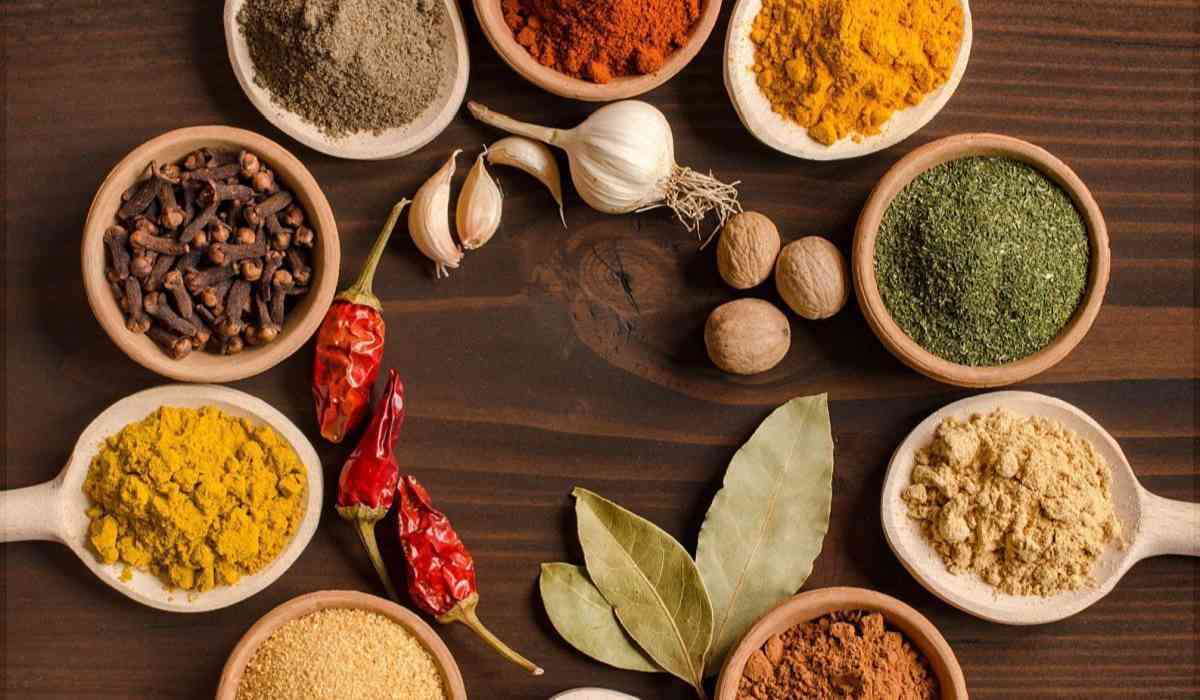Global Trade Research Initiative (GTRI), an economic think tank based in New Delhi released a report emphasising the ‘urgent need’ to address the ‘quality’ issue of spice export amid high scrutiny of them on Global level.
What Does the Report Highlights
-
There is increasing global concern regarding the quality of Indian spices, with new countries expressing worries daily.
-
This heightened scrutiny could endanger over half of India's spice exports.
-
This issue demands urgent attention and action to uphold the storied reputation of India's fabled spice garden.
-
There is risk to India's spice trade, with exports valued at almost $700 million to key markets.
-
There's a threat of losing more than half of India's spice exports due to strict regulations in various countries, t
-
There is a need for India to transparently deal with quality concerns to safeguard the integrity and future of its spice trade.
-
There is a need for swift investigations and the publication of findings to re-establish global trust in Indian spices.
-
The Spice firms compromising on quality should face immediate repercussions.
-
There is need for fundamental reforms in the operations of quality regulatory agencies.
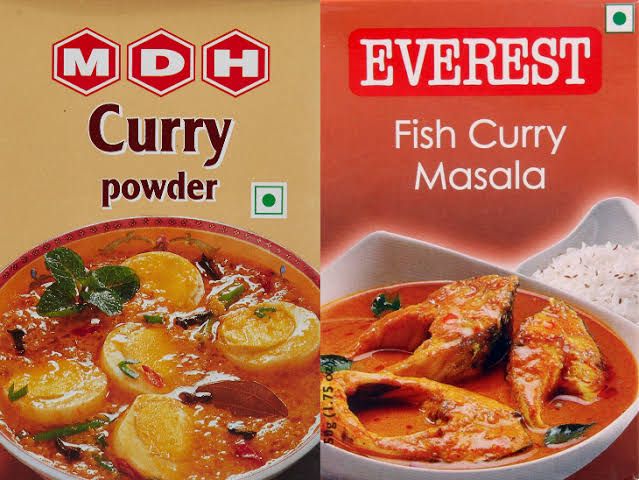
Global Scruitny of Indian Spices
Popular spice blends made by Indian companies MDH and Everest were suspended from sale in Hong Kong and Singapore due to worries about elevated levels of ethylene oxide, a substance known to cause cancer. Authorities found traces of the chemical in these products, which led to a mandatory recall from the shelves and the imposition of the bans.
Also Read: Following Singapore's Everest ban, Hong Kong also bans MDH o (vygrnews.com)
Despite being a frequently used fumigating agent, ethylene oxide's presence in food products is strictly regulated because of possible health risks. salmonella contamination, a bacterial foodborne illness caused by ethylene oxide.
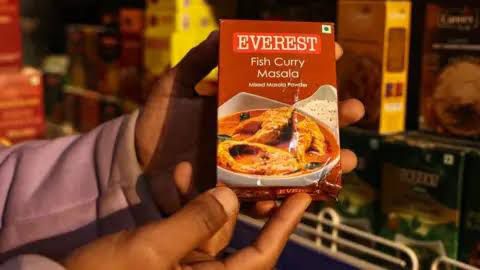
Despite assurances from the companies regarding the safety of their products, both U.S. and Australian food authorities have launched investigations into the matter.
The situation has raised concerns about the quality of spices supplied by leading Indian firms, with reports indicating that the U.S., Hong Kong, Singapore, Australia, and now Malé have questioned the integrity of these products.
"This situation could worsen if the European Union, which regularly rejects Indian spice consignments over quality issues, follows suit. An EU-wide rejection could impact an additional $2.5 billion, bringing the total potential loss to 58.8% of India's worldwide spice exports," GTRI Co-Founder Ajay Srivastava said.
With India having exported spices valued at approximately $692.5 million to these countries in the fiscal year 2024, the stakes are high, Mr. Srivastava said.
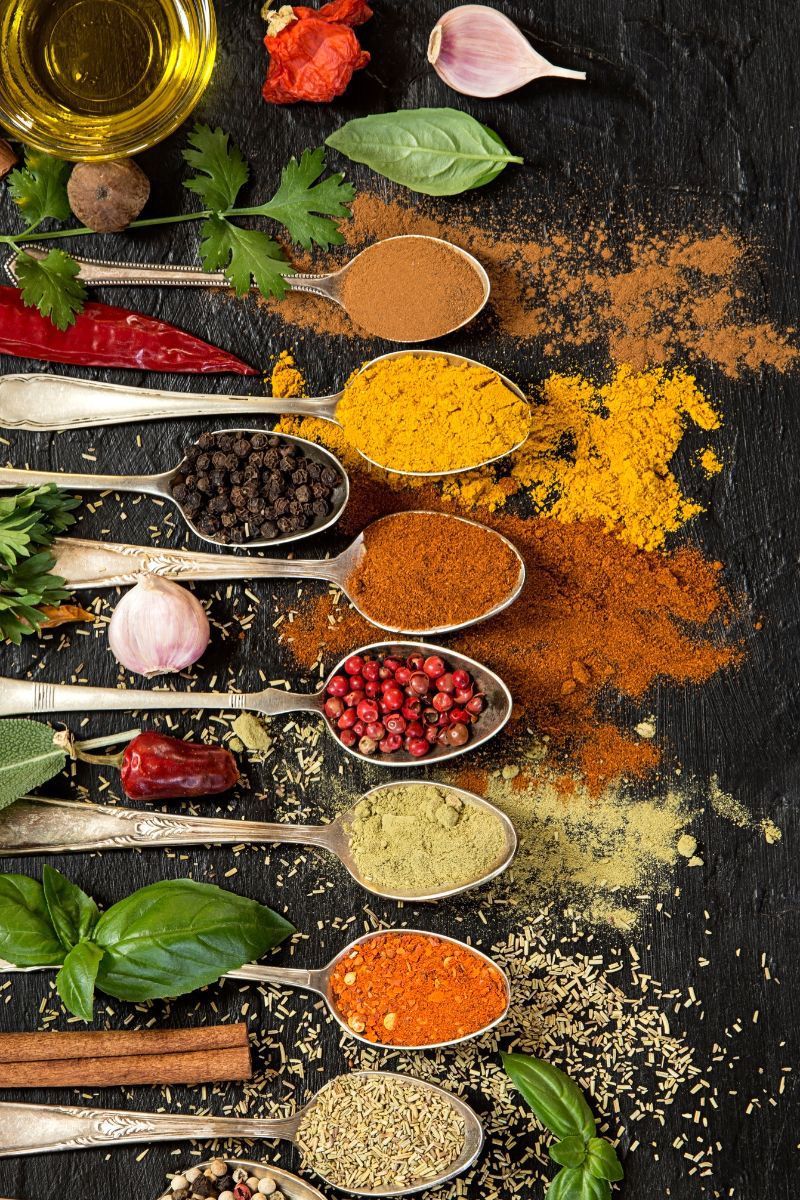
"If China, influenced by actions in Hong Kong and ASEAN based on the precedents set by Singapore, decides to implement similar measures, Indian spice exports could see a dramatic downturn. The potential repercussions could affect exports valued at $2.17 billion, representing 51.1% of India's global spice exports," he added.
Indian Authorities response regarding International Criticism
Mr. Ajay Srivastava said that so far the response from Indian authorities has been tepid and formulaic.
Both the Spices Board and the Food Safety and Standards Authority of India (FSSAI), following international criticism, began routine sampling, yet no definitive statements about spice quality have been issued by these or any other government agencies.
The Indian regulator has instructed officials to carry out ‘extensive’ inspections, sampling, and testing at all manufacturing units producing powdered spices, particularly those involved in making curry powders and mixed spice blends for both domestic and international markets amid concerns over suspected contamination in two popular local brands.
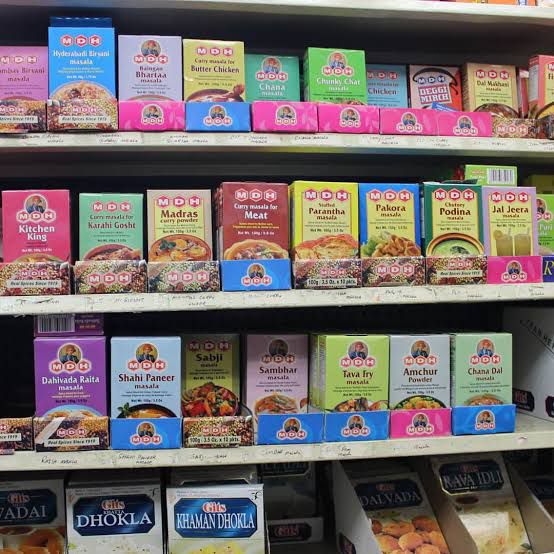
"Each of the product sampled will be analysed for the compliance with quality and safety parameters," the Food Safety and Standards Authority of India said in a statement.
Mr. Srivastav also highlights in the report, that "This lack of clear communication is disappointing, especially given the comprehensive laws and processes in place for quality assurance. Despite denials of any wrongdoing by major companies like MDH and Everest, their continued rejections by international bodies should have raised alarms with both the Spices Board and FSSAI much earlier.”
Indian Spice Market
Spices are dried plant parts encompassing seeds, roots, bark, and fruits, are esteemed for their flavors, scents, and preservative qualities. Notable examples include cloves, cinnamon, ginger, black pepper, cumin, and coriander. These spices not only enhance flavor and add color but also serve to mask undesirable odors, playing a crucial role in diverse cuisines worldwide.
Export: In the fiscal year 2023-24, India's spice exports reached a total of $4.25 billion, representing a 12% share of global spice exports. Leading the export list were chilli powder, valued at $1.3 billion, followed by cumin at $550 million, turmeric at $220 million, cardamom at $130 million, mixed spices at $110 million, and spice oils and oleoresins at $1 billion. Additionally, India exported other notable spices such as asafoetida, saffron, anise, nutmeg, mace, clove, and cinnamon.
Import: India imported spices totaling $1.5 billion. The major imports included spice oils and oleoresins valued at $354 million, cinnamon and cassia at $270 million, coriander and cumin at $210 million, nutmeg at $118 million, and asafoetida at $110 million.
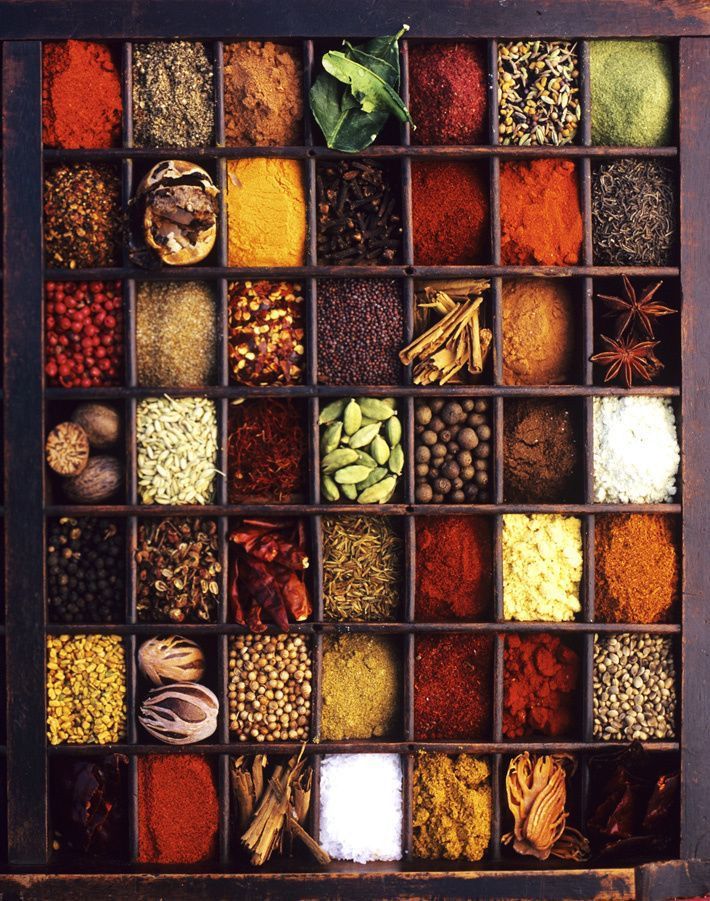
Primary Market for Indian Spices and Their Imports
-
China ($928 million)
-
the U.S. ( $574 million)
-
Bangladesh ($339 million)
-
UAE ($256 million)
-
Thailand ($193 million)
-
Malaysia ($147 million)
-
Indonesia ($137 million)
-
U.K. ($122 million)
-
Australia ($63 million)
-
Singapore ($50 million)
-
Hongkong ($5.5 million)
The world spice trade is worth $35 billion in 2023. China is the top exporter with exports of $8 billion in 2023.
Top exports are chilli powder ($2.4 billion), ginger, turmeric ($2.2 billion), garlic fresh and dried ($1.6 billion), coriander, and cumin seeds ($800 million), according to the GTRI.
So, as India is the world's largest exporter, producer, and consumer of spices, its food regulating agencies should take firm actions against the contaminations and low quality of spices and should punish the manufacturers as it is tarnishing the image of India over quality concerns, revealed during global investigations.
©️ Copyright 2024. All Rights Reserved Powered by Vygr Media.

